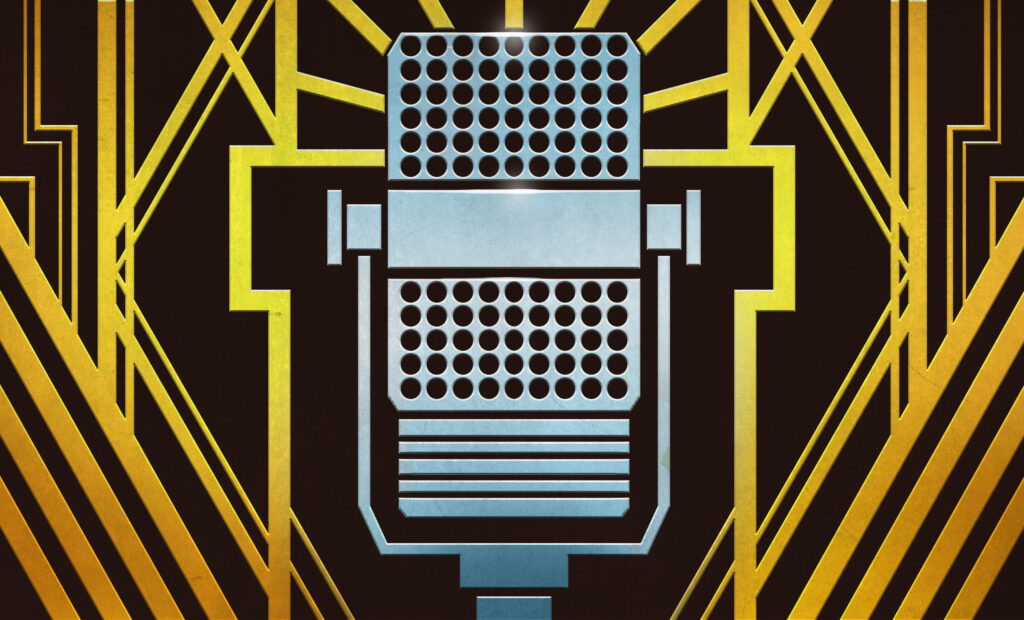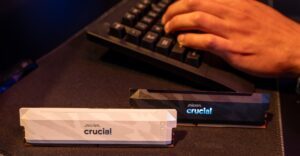
The latest episode of the Hackaday Podcast, hosted by Elliot Williams and Kristina Panos, dives into a variety of intriguing technology topics, including updates on upcoming events, challenges, and innovative hacks from the past week. Episode 333 features discussions about ticket sales for Supercon 2025, the One Hertz Challenge deadline, and the discontinuation of AOL’s dial-up service, marking the end of an era.
As the countdown to August 19, 2025 approaches, participants in the One Hertz Challenge are reminded to submit their projects. This challenge encourages creators to showcase their ingenuity and technical skills on the Hackaday.IO platform. With limited time left, this is a call to action for tech enthusiasts to demonstrate their abilities.
In a significant shift for internet users, AOL has officially ended its dial-up service. This closure signifies a transition away from the once-popular mode of internet access, as modern technology continues to evolve.
The podcast also features a segment called “What’s That Sound,” where listeners can guess a mystery sound for a chance to win a limited edition Hackaday Podcast t-shirt. Kristina tried her hand at identifying the sound during the episode, but the challenge remains open to avid listeners.
Exploring Innovative Hacks and Projects
The episode showcases a range of fascinating hacks, beginning with a unique talking robot that employs typewriter technology to animate its mouth. This project highlights the intersection of classic tech and modern innovation, demonstrating how retro methods can find new life in contemporary creations.
Listeners are also introduced to a project that involves hacking printed circuit boards to construct casing and instrument panels for a replica of the PDP-1, one of the first commercially available computers. This endeavor pays homage to computing history while embracing modern fabrication techniques.
Further exploration includes a fluid simulation business card that captivates with its interactive design. The episode features a discussion on a caliper shootout, where different models are evaluated for performance and accuracy. Additionally, a segment on a single file that can be accessed in six formats showcases the versatility of digital content.
The hosts conclude the hack discussion with a “telephone twofer,” addressing the lack of hackability in the average smartphone. They also delve into the history of podcasts, highlighting what is considered the first podcast, showcasing the evolution of audio content delivery.
Connect and Engage with Hackaday
Listeners are encouraged to engage with the Hackaday community by following the podcast on various platforms, including iTunes, Spotify, and Stitcher. The episode is available for download in a DRM-free MP3 format, allowing fans to enjoy it at their convenience.
For those interested in revisiting the topics discussed, the episode notes provide links to further resources and details about the featured hacks and challenges. The hosts invite feedback and insights from listeners, fostering a sense of community within the Hackaday audience.
As the technology landscape continually evolves, the Hackaday Podcast remains a valuable source of information and inspiration for innovators and enthusiasts alike.






